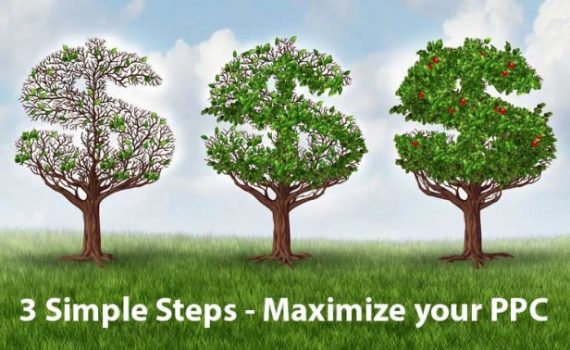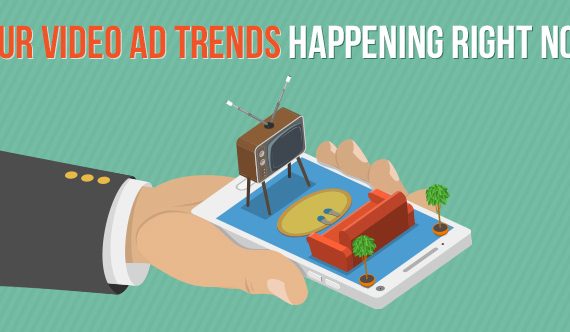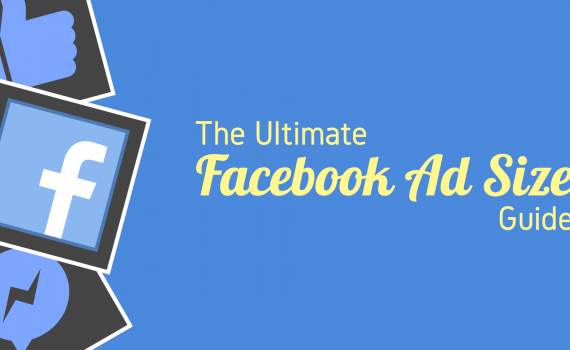
How to market to customers by Facebook Messenger
Category : Facebook Ads
I’m going to show you the exact features that marketers are using to get those results.
Here are four specific Facebook Messenger features you must try:
- Comment guard
- Chat blasting
- Click to messenger ad
- Chat widget
1. Comment Guard (Private Auto-Responders on Facebook Posts)
Comment guard is a bot that you set up on your organic Facebook posts. When someone comments on the post, they will automatically receive a Facebook message from you.

You can think of it as a Facebook post autoresponder.
- Person comments on a post.
- Said person automatically receives a Messenger reply.
No offense taken if you don’t want to become my next lead (mwahaha!), so I’ll show it to you in screenshots.
Here is the Facebook post.

As soon as someone comments, they receive a Facebook Messenger message from a Facebook chatbot.

The person has not become a lead yet! The lead loop is closed only when they reply to the chatbot.
Once they reply, they’re a solid lead. You have all their information and permission to send them messages.
There are three reasons that savvy marketers love comment guard.
- Comment guards are free. You don’t pay for the leads. With Click to Messenger ads, you are paying per lead but not with comment guards.
- Comment guards are a list building tactic. Anyone who comments and then engages the Messenger bot automatically adds themselves to your list.
- Comment guards are blessed by Facebook. Facebook Algorithm rewards engagement. So if you have a hot organic post and it’s getting comments, Facebook will prioritize that post in the newsfeed, giving you even more engagement.
Remember, your goal with comment guards is engagement.
Here are some ways that you can create an organic post with insane levels of engagement.
- Quizzes or riddles: Create a quiz, no matter how dumb, and ask people to reply with what they think is the correct answer.
- Gif replies: Ask people to answer a question with a gif. It can be as simple as “How’s your Monday going? Answer with a gif!” The comments will come pouring in.
- Autocomplete: Give people a starter sentence and ask them to create an answer with autocomplete. Example: “Hey guys, type On Mondays I feel like a” and use autocomplete to finish the sentence.
- Surveys: Surveys are easy to create, and they bring in tons of engagement. Your survey may be as simple as this: “Are you an agency marketer or an in-house marketer?” By responding to the survey, your audience starts the comment guard.
- Opinions: Who doesn’t want to share their opinion? Pose a question and let people comment with their thoughts and feelings.
- Controversy: Obviously, you want to be careful with controversial issues, but you can use this technique to spark some conversation. For example, “Jason Momoa is not hot. Prove me wrong.” Obviously, you’ll want to select a topic or issue that is relevant to your niche.

Here are a few more tricks you can use to get more leverage from your Facebook comment guards.
- Add a comment guard to hot posts. If you have an organic post that’s getting a lot of engagement, add a comment guard as soon as possible.
- Boost the heck out of organic posts that seem to be getting a lot of comments. You know that the post is doing well. With a $100 boost, it will do better, and you’ll score additional leads.
- Design organic posts for comment guard engagement. Start creating more organic posts with comment guards in mind. Spark interaction and conversation. Remember, this is free leads we’re talking about!
- Bait your bot. Getting someone to comment on a post is only the first step. You have to keep things just as engaging once the bot starts. Add bait. Offer something enticing. Make it easy for them to respond — a simple “yes” button works just fine.
2. Facebook Messenger Chat blasting
Chat blasting is simple: It’s sending a Messenger chat to everyone on your list.
Chat blasting is a lot like email blasting (except better).
Why? It’s as obvious: 70-80% open rates in sixty minutes!
Compare that to email marketing—5% open rates—and incorporating Facebook Chat blasts into your marketing strategy is a no-brainer.
Before you can use chat blasting, you have to get in Facebook’s good graces by applying for subscription messaging.

Don’t worry. This is easier than it sounds.
From your Facebook page, go to Settings → Messenger Platform, then scroll down to “Advanced Messaging Features.” Click on “Request.”

The submissions are handled manually, so the review process can take from a few days to over a week.
The main thing to keep in mind here is that you can’t send promotional content.
It might be tempting to blast your list with a “BUY MAGIC UNICORN ICE CREAM NOW! CLICK HERE!!!”
That’s not going to work here.
Facebook requires you to confirm this statement: “I confirm this Page won’t use subscription messaging to send advertisements or promotional messages and will follow Messenger policies and Facebook community standards.”
Keep in mind that anyone who receives a blast must first opt-in. Your goal is to make their opt-in smooth, simple, and delightful.

Using chat blasting is a powerful way to do the following:
- Maintain a high degree of engagement with your most devoted fans.
- Allow your audience segment themselves with a chatbot sequence.
- Automate drip sequences for even greater levels of engagement.
As you gain experience with chat blasting you’ll want to dig into your data to see what works and what doesn’t.
3. Click to Messenger Ad
A click to messenger ad is a Facebook ad where the conversion action is “Send Message.” Instead of clicking on an offer or learning more, the user sends you a message in Facebook messenger.
Here’s what a normal Messenger ad might look like. (I know, normal people don’t use vomiting unicorn pictures. Not sure why.)

Notice how this ad “opens in messenger” and the button says “Send Message.”
If you think about it, Messenger ads convert at 100%. Anyone who messages you is part of your contact list. You have their name, email, phone, photo, likes/dislikes—everything.

Messenger ads are also ridiculously cheap compared to conventional Facebook ads.
When MobileMonkey started testing Messenger ads, we slashed the cost of our leads from $150 to only $5—a savings of 96%!

A lot of marketers would look at the number and think, “Pshaw, that’s impossible.” Well, clearly those marketers underestimate the power of Facebook Messenger marketing.
When someone converts on your Messenger ad, the magic happens. Your Facebook chatbot takes over, coaxing the target down the funnel of your choice.
The user becomes part of an interactive dialogue with you or the chatbot.

This type of interaction is enormously more compelling than a simple offer on a landing page. Plus, you can set up the bot so that users can choose to talk to a real person at any time.
Based on my experience, Messenger ads have the biggest potential in marketing today. Sure, a few lone marketers are using them, but Facebook feeds aren’t yet crowded with them.
As an example, I just spent a few minutes of my life mindlessly scrolling through Facebook. Except I was counting ads.
Out of the 20 ads that I saw, none of them were Facebook Messenger ads. There were plenty of “Learn More” and “Download,” but zero Messenger ads.
This is notable because I’m a target for ads that deal with marketing tactics and products. Ironically, one of the ads was for a Messenger chatbot app, and it was “Learn More” instead of “Send Message.”
My point is this: Use Facebook Messenger ads.
Read more How to make your Facebook Ad Campaign successful
_______________________________________________________________________________
Please contact us for seo service packages at TDHSEO.COM.
TDHSEO Team
Email: tdhseo@gmail.com
Skype: tdhseo
https://www.facebook.com/tdhseo
Thank you!





























